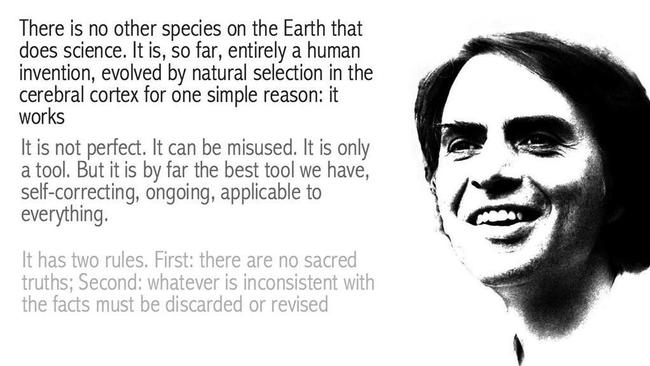Matlab/Octave to R
Analogous function and syntax of Matlab/Octave to R
http://cran.r-project.org/doc/contrib/R-and-octave.txt
http://cran.r-project.org/doc/contrib/Hiebeler-matlabR.pdf
Analogous function and syntax of Matlab/Octave to R
http://cran.r-project.org/doc/contrib/R-and-octave.txt
http://cran.r-project.org/doc/contrib/Hiebeler-matlabR.pdf
Machine Learning often applied to predict unknown values based on historical data available. Using simple ML models prediction become simple if right influencing features are chosen.
For example Gold prices are influenced by following factors,
Features:
So historical values of following parameters are chosen as features to predict gold price
Model:
There are many Machine Learning models (algorithms) are available to choose from, but I used simple Linear Regression Model.
...
Many times we encounter data sets with date values as one of the feature to handle in machine learning problems (e-g historical data of share prices of a company over the period of time, with date as one feature).
One of the way to represent dates in ML datasets is converting it to equivalent numerical representation. I usually convert dates to unix timestamp value to handle better with numerical calculation in ML algorithms.
Excel have a easy way to convert cell value to unix time stamp. Excel stores dates internally as number of days since January 1, 1900.
In order to convert we can use the following formula
=(CellValue-DATE(1970,1,1))*86400
Completed Machine Learning course from Coursera

When I was about to chose a degree, I was told that, computer science will become obsolete in few years once computerisation of all legacy manual systems are over, so i was advised to chose electronics.
When i look back, it was not the case. I made my career out of computers though I studied electronics, also I don’t think computer jobs are going to be obsolete in near future.
When working on any Enterprise projects, people do often get nervous about their job safety, what is going to happen after the project is over.
But the Software upgrades, support licenses renewals, new OS upgrades, Technology changes, new kind devices, keeps the the job relevant, as projects need to be rewritten, old systems need to EOLed for new technologies. The cycle continues and job safety guaranteed, and big software vendors survive in this cycle happily. It is a trap for enterprises, and scam for...
Ayappadi, a wonderful village surrounded by paddy fields and small Cauvery by river called ‘veera cholan’. Most of the people’s livelihood is paddy cultivation and its associated agriculture work, but in recent times as like any other Cauvery delta villages, agriculture become things of past. People started migrating to different parts of the world to make a living. Many people from this village live away from home, in alien countries, just to make money, leaving their spouses and kids back in the village. They spend most of their young age in other countries with out seeing their loved ones for many years.
I moved to this village at the age of 8 and lived there for 15 years. I still believe that, my friends at this village having great influence and impact on my life. My current thoughts are formed and shaped during my young ages at this village. If I look back, what ever me, my...
Light weight software development methodology for small to medium sized projects.
No need to follow complex processes and filling tons of documents for anything, save the precious time the mighty programmers have and relieve them from pain of documentation and Bureaucracy.
Work elbow-to-elbow with customer in all software development phases (Planning, developing, deploying).
Review and receive feedback from customer all the time, customer need to be aware of the state of the application any given point of time.
Release well tested software very frequently.
Shorter release cycles (weekly/daily/monthly), follow test driven development, automate your testing and deployment.
Follow Iterative software development cycles.
Start with what ever information available, refine and rewrite as things become clear in an iterative way.
Work very closely with the team, write code in pairs.
Two person...

He is my hero. Carl Sagan was an American astronomer (1934 – 1996), popularised astrophysics and astronomy to wider audience with his COSMOS television series and followed by serious of books related to astronomy, evolution. His crystal clear voice and poetic simple language mesmerised many people. He popularised science with his books and television programmes. I adore him a lot, he is my inspiration.
[Important events in his life]
1934: Born to Jewish parents, Brooklyn, New York.
1951: Graduated from Rahway High School in New Jersey.
1960: Doctorate in Astronomy and astrophysics.
1968: Worked in Harvard University.
1971: Director planetary studies, Cornell University.
1972: Associate Director Center for Radio Physics and Space Research, Cornell.
1972: Assembled the first physical message that was sent into space for NASA (He was adviser to NASA from his early days, one of the main...
Every one knows that, if you do your job with passion then success is 100% guaranteed. What if you really don’t know what is you passion is?. Most of the time people really don’t know what their real passion is. What ever they thought their passion was, when it was done repeatedly as day job, they realise that it as not their passion. I heard this many times from people reporting to me. Majority of the people never feel happiness about their job, and also they aware that they are not performing to their peek potential, also they confused what their real passion is. Here are few simple steps, explained in the following sites, which I felt real good material to share, explains how to identify your real passion.
http://www.oprah.com/living/lifemake/passionsteps/lifemake_passion_main.jhtml
http://www.entrepreneur.com/magazine/homeofficemagcom/2001/march/38294.html
http://www.lifescript.co...